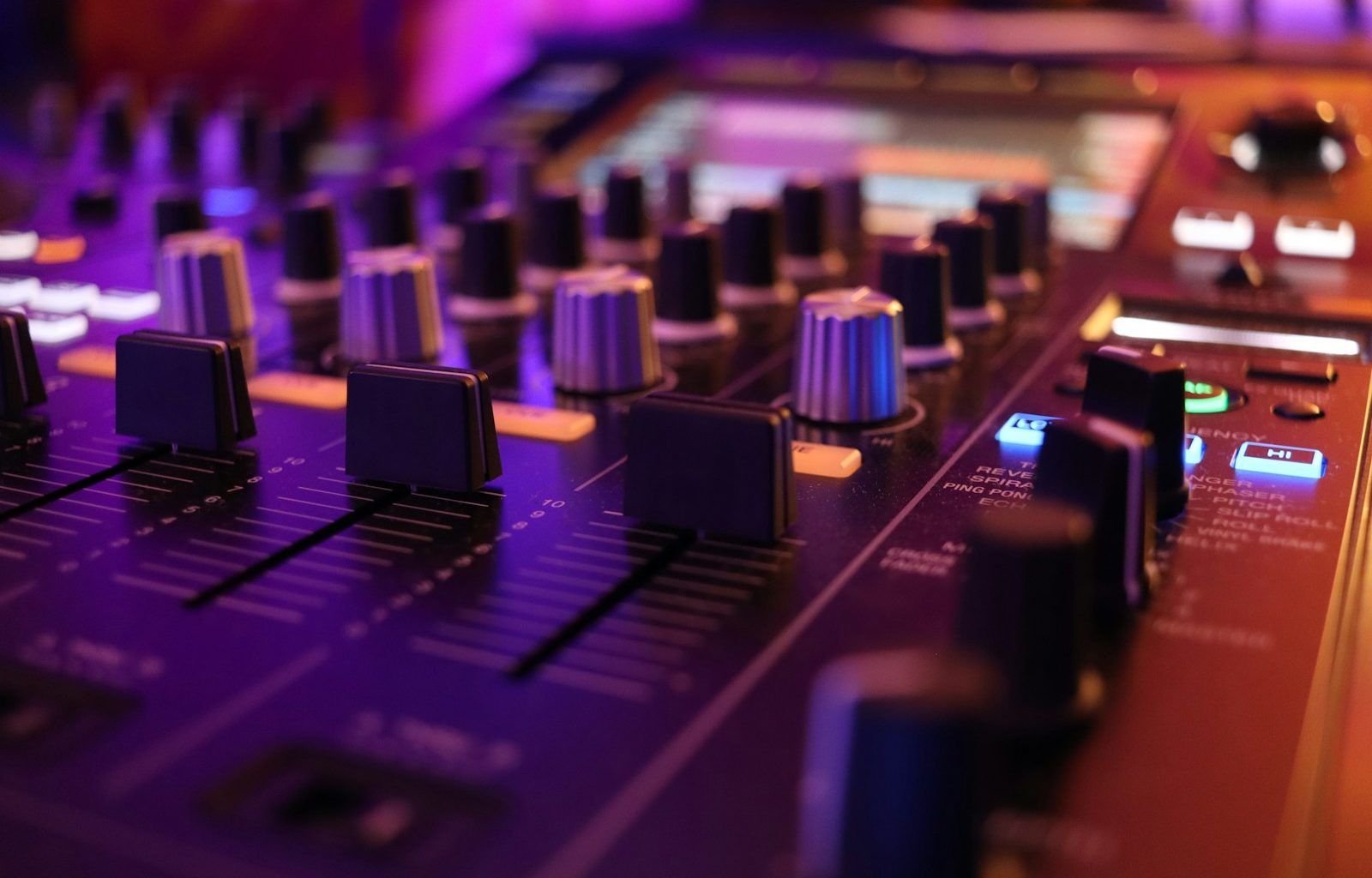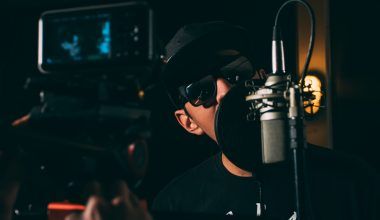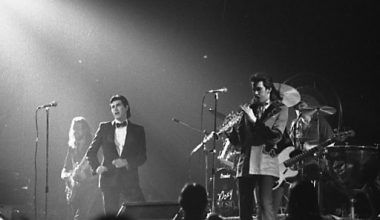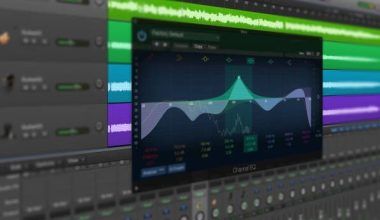Creating your dream music studio doesn’t have to be complicated or expensive. Whether you’re a professional producer or a passionate hobbyist, a well-designed space can make all the difference. In this blog, we’ll explore practical music studio design ideas that suit different budgets, spaces, and personal styles.
Why Your Music Studio Design Matters
Your music studio is more than just a room; it’s a creative haven. A thoughtfully designed studio can improve productivity, inspire creativity, and even enhance the quality of your recordings. The right setup helps minimize distractions and ensures that you’re comfortable during those long hours of work.
Assess Your Space
Before diving into design ideas, take a moment to assess your available space. Whether you have an entire room or just a corner, understanding your space’s limitations and strengths will help you make better design decisions.
- Room Size: Measure the dimensions to determine how much equipment and furniture you can fit.
- Acoustics: Notice how sound behaves in the space. Does it echo? Are there any unwanted noises?
- Lighting: Check for natural light sources and think about where you might need additional lighting.
Budget-Friendly Music Studio Design Ideas
Not everyone can afford to splurge on high-end gear or custom furniture. Luckily, you can create an amazing studio on a budget.
1. Use What You Have
Before buying anything new, take inventory of what you already own. A sturdy desk, an old bookshelf, or even some rugs can be repurposed for your studio. This approach saves money and gives your space a unique touch.
2. DIY Acoustic Treatments
Acoustics play a huge role in any music studio. While professional acoustic panels can be expensive, you can create your own using inexpensive materials like foam, fabric, and wood. Try making bass traps for corners or wall panels to minimize echo.
3. Affordable Lighting
Lighting can set the mood and help you focus. Look for inexpensive LED strip lights or desk lamps to brighten up your workspace. Adjustable lighting options can also help create the perfect vibe for recording or mixing sessions.
Space-Saving Ideas for Small Studios
Small spaces can still make for incredible studios if you’re strategic about design.
1. Go Vertical
If floor space is limited, think vertically. Install shelves to store gear and use wall-mounted hooks for headphones and cables. A compact desk with multiple levels can also help maximize space.
2. Foldable Furniture
Consider foldable or multi-purpose furniture to save room when your studio isn’t in use. A collapsible desk or a chair that doubles as storage can be a game-changer in tight spaces.
3. Hidden Storage
Keep your space tidy by incorporating hidden storage. Look for furniture with built-in compartments or invest in under-desk drawers to store smaller items like microphones, cables, or adapters.
Acoustic Optimization Tips
Sound quality should be a top priority in any music studio. Here’s how to achieve great acoustics without breaking the bank.
1. Rugs and Curtains
Soft materials like rugs and curtains can absorb sound and reduce echo. Choose thick, dense fabrics for the best results.
2. Strategic Furniture Placement
Place your desk and speakers away from walls and corners to avoid sound distortion. Experiment with different layouts until you find the optimal setup.
3. Acoustic Foam Panels
If you’re willing to spend a bit more, invest in acoustic foam panels. Place them on walls and ceilings to minimize reflections and improve sound clarity.
Technology and Equipment Placement
Where you place your equipment can impact both workflow and sound quality.
1. Speaker Positioning
Position your speakers at ear level and form an equilateral triangle with your listening position. This setup ensures accurate sound representation.
2. Cable Management
Messy cables can be distracting and unsafe. Use cable organizers or zip ties to keep everything neat and out of the way.
3. Monitor Placement
Place your computer monitor at eye level to reduce neck strain during long sessions. Consider a monitor arm for adjustable positioning.
Adding Personal Touches
Your music studio should reflect your personality and inspire creativity.
1. Decor and Artwork
Hang posters, album covers, or artwork that motivates you. These personal touches make the space feel more inviting.
2. Plants
Adding greenery can make your studio feel fresh and cozy. Choose low-maintenance plants like succulents or snake plants.
3. Color Scheme
Pick a color palette that suits your style. Dark colors can create a moody atmosphere, while bright colors can make the space feel more energetic.
Upgrading Over Time
If you’re just starting, you don’t need to have the perfect studio right away. Upgrade your gear and furnishings gradually as your budget allows.
1. Prioritize Essentials
Focus on the basics first: a good desk, a comfortable chair, and decent speakers or headphones. You can add more equipment and decor later.
2. Plan Your Purchases
Make a wishlist and buy items one at a time. This approach helps you stay within budget while ensuring you get exactly what you need.
3. Keep Learning
Stay updated on music studio trends and tips. You might discover new design ideas or affordable alternatives to expensive gear.
Wrapping Up
Designing your music studio should be an exciting and rewarding experience. By following these music studio design ideas, you can create a space that’s functional, inspiring, and tailored to your needs. Remember, it’s not about how much you spend but how well you use your space and resources.
Related Articles:
For further reading, explore these related articles:
- Travis Scott Hit Songs: A Journey Through His Most Loved Tracks
- Exploring Enrique Songs: A Heartfelt Journey Through His Best Tracks
For additional resources on music marketing and distribution, visit DMT RECORDS PRIVATE LIMITED






